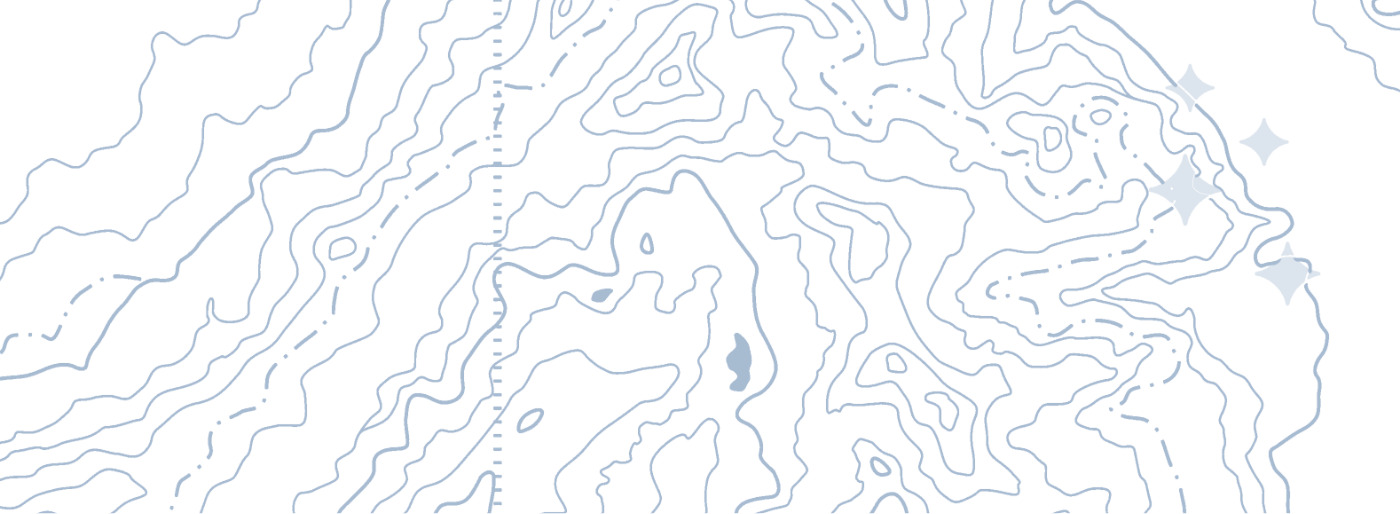6 Birding Hot Spots in Whatcom County
Did you know that Whatcom County, in the northwest corner of Washington State, is home to six key locations on the Cascade Loop portion of the Audubon Society’s Great Washington State Birding Trail? Patient bird-watchers looking to fill in their checklists can find a rich variety of viewing sites to spot hundreds of species, especially waterfowl and birds of prey. From Trumpeter Swans to Bald Eagles to White-throated Swifts to the Lazuli Buntings... there are so many birds to explore in Bellingham and surrounding Whatcom County – all within an easy, 30-mile span.

This state park features walking trails on 1.5 miles of saltwater shoreline and 3 miles of freshwater shoreline on Terrell Creek. Acrobatic Dunlin flocks can number in the thousands each winter, alongside Black-bellied Plovers. Brant migrating from Mexico to their arctic breeding grounds also stop here to refuel on the plentiful herring that spawn in the shallow seawater.
Birch Bay was named for its black birch trees by Archibald Menzies, a member of the 1792 Vancouver expedition. The park’s sweeping views look north to the Canadian Gulf Islands.









